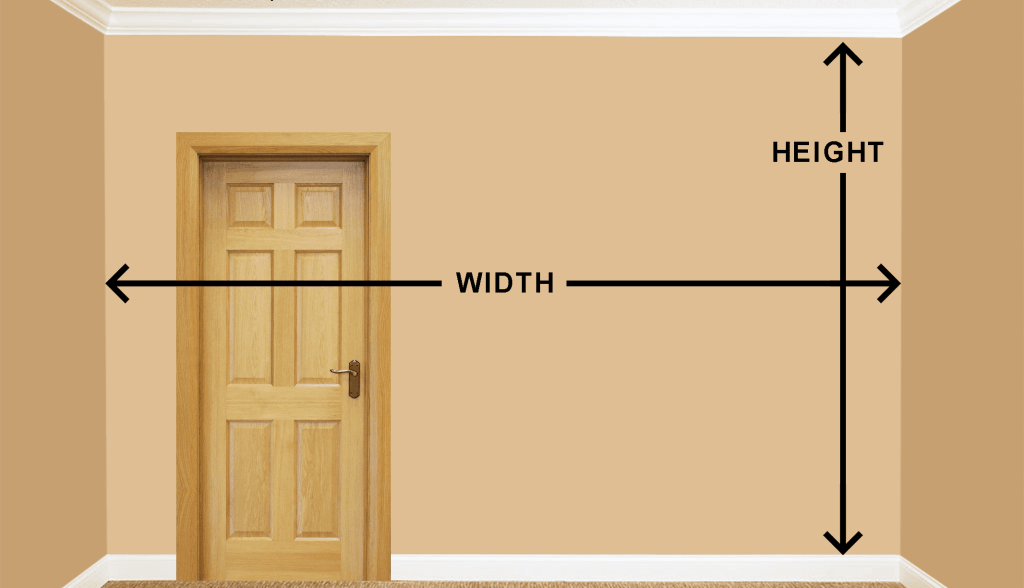Factors affect required amount of joint compound
The amount of joint compound required for a project is influenced by several factors:
Area to be covered: Measure the square footage of the area to be covered. For example, if you need to cover 100 square feet, you would need to calculate the total volume of joint compound required.
Thickness of application: Determine how thick you want the joint compound to be. Thicker applications require more joint compound.

Desired finish: If you want a smooth finish, you may need to apply multiple thin layers of joint compound, which would require more material.
Project Size and Scope: Larger projects require more joint compound, while smaller repairs might need less.
Drying Time and Working Window: Projects with tight deadlines may benefit from quick-setting joint compounds, while those with more time to work can use slower-setting compounds.
Sanding Ease and Smoothness: Projects requiring smoother finishes may need more joint compound to achieve the desired level of smoothness.
Adhesion Strength and Durability: Areas prone to high impact or moisture may require stronger adhesion properties, which can be achieved with specific joint compounds.
Environmental Considerations: Projects with environmental or green building requirements may need joint compounds with low Volatile Organic Compounds (VOCs).
Job Site Conditions: Weather conditions such as temperature, humidity, and airflow can affect the drying time and working characteristics of joint compounds.
Applicator’s Preferences: The experience and preferences of the person applying the joint compound can also influence the amount needed.
Type of Joint Compound: Different types of joint compounds, such as taping, topping, or all-purpose compounds, have varying properties and uses, which can impact the amount required.
Surface Preparation: The condition and type of drywall surface can affect the amount of joint compound needed for proper coverage and adhesion.
Finishing Requirements: The desired finish, such as a smooth or textured surface, can influence the amount of joint compound required.
By considering these factors, you can determine the appropriate amount of joint compound needed for your specific project.
Here are some general guidelines to help you estimate the amount of joint compound required:
ALAHLI All Purpose Joint Compound:
For small to medium-sized projects, 1-2 gallons may be sufficient.
For larger projects, 2-4 gallons may be needed.
For very large or complex projects, 4.5 gallons or more might be required.
It is generally recommended to have a little extra joint compound on hand to account for any unexpected needs or mistakes during the project.

Joint compound needed for a specific wall size
To calculate the amount of joint compound needed for a specific wall size, follow these steps:
Measure the total square footage of the wall area that needs to be covered with joint compound. For example, if the wall is 10 feet wide and 8 feet tall, the total square footage would be 80 square feet (10 ft x 8 ft).
Determine the coverage rate of the joint compound you plan to use. Most all-purpose joint compounds cover approximately 0.05 pounds per square foot of drywall.
Calculate the total weight of joint compound needed by multiplying the total square footage by the coverage rate. For example, if the wall is 80 square feet and the joint compound covers 0.05 pounds per square foot, you would need approximately 4 pounds of joint compound (80 sq ft x 0.05 lbs/sq ft).
Consider the size of the joint compound containers when purchasing. You may need to purchase multiple containers to have enough joint compound for your project.
Remember to account for any additional joint compound needed for taping, embedding mesh tape, or for filling and finishing. It’s also a good idea to have a small amount of extra joint compound on hand in case of any unexpected needs or mistakes during the project.
Different types of joint compound for various projects
There are different types of joint compounds for various projects. The choice of joint compound depends on several factors such as the level of finish needed, the size and complexity of the project, and the specific requirements of the project. Here are some common types of joint compounds:
Topping Joint Compound: This type of compound is used as the final layer once the drywall tape has been applied. It is ideal for final coats on repairs and is known for its smooth consistency, making it easy to spread and sand.
All-Purpose Compounds: These compounds are used for all phases of the drywall process, including finishing, joints, cornerbread, textures, and skimming. They are lightweight, durable, and have a strong bond to ensure a long-lasting finish.
Taping Compounds: These compounds are used for the first two layers of a drywall project to fill in cracks and corners. They are designed to provide a strong bond and are often used with paper or fiberglass-mat tape.
Quick-Setting Compounds: These compounds are used for quick jobs and are ideal for filling gaps in gypsum board, deep cracks, and holes in drywall and plaster. They dry fast, allowing for multiple coats in a single day.
Lightweight Compounds: These compounds are designed to be easy to sand and are often used for finish coats. They are lighter in weight and have less shrinkage than other compounds, making them ideal for large projects.
Ready-Mix Compounds: These compounds are available in different weights and are designed for various levels of finish. They can be used for taping, filling, and finishing, and are often preferred by professionals due to their ease of use and durability.
Each type of joint compound has its own specific characteristics and uses, and choosing the right one for your project can ensure a professional-looking finish.
